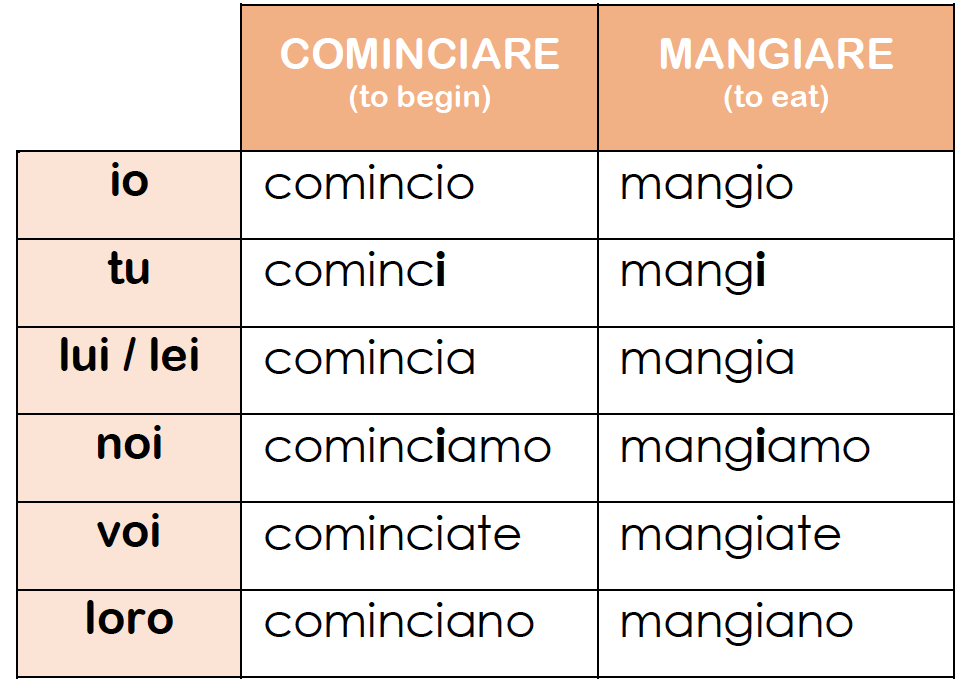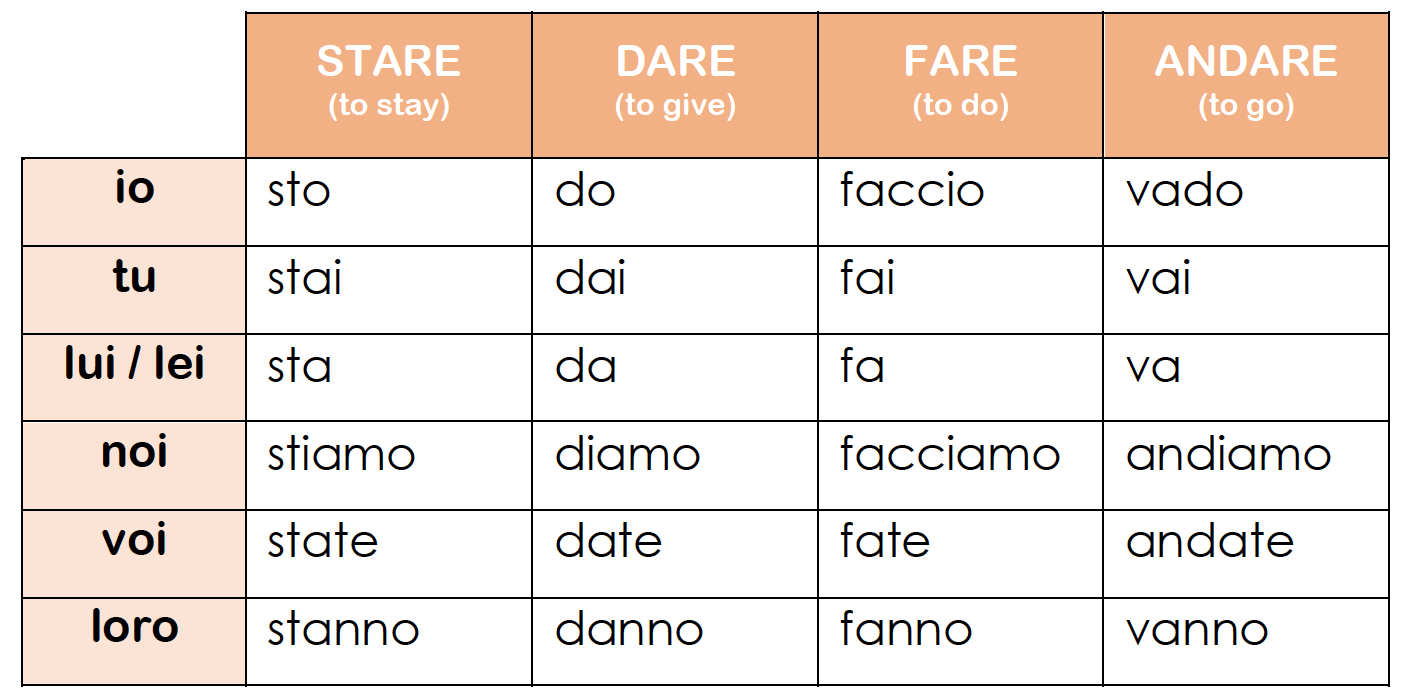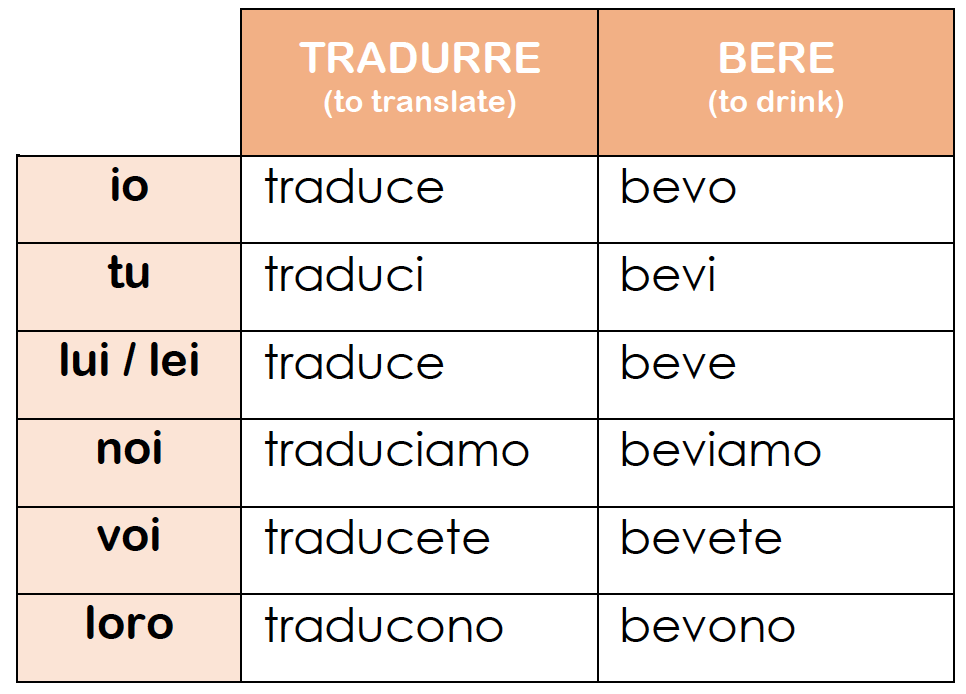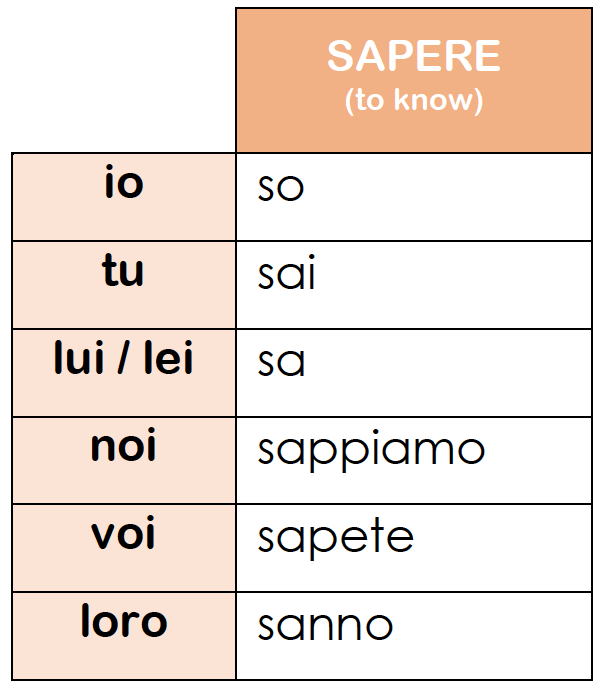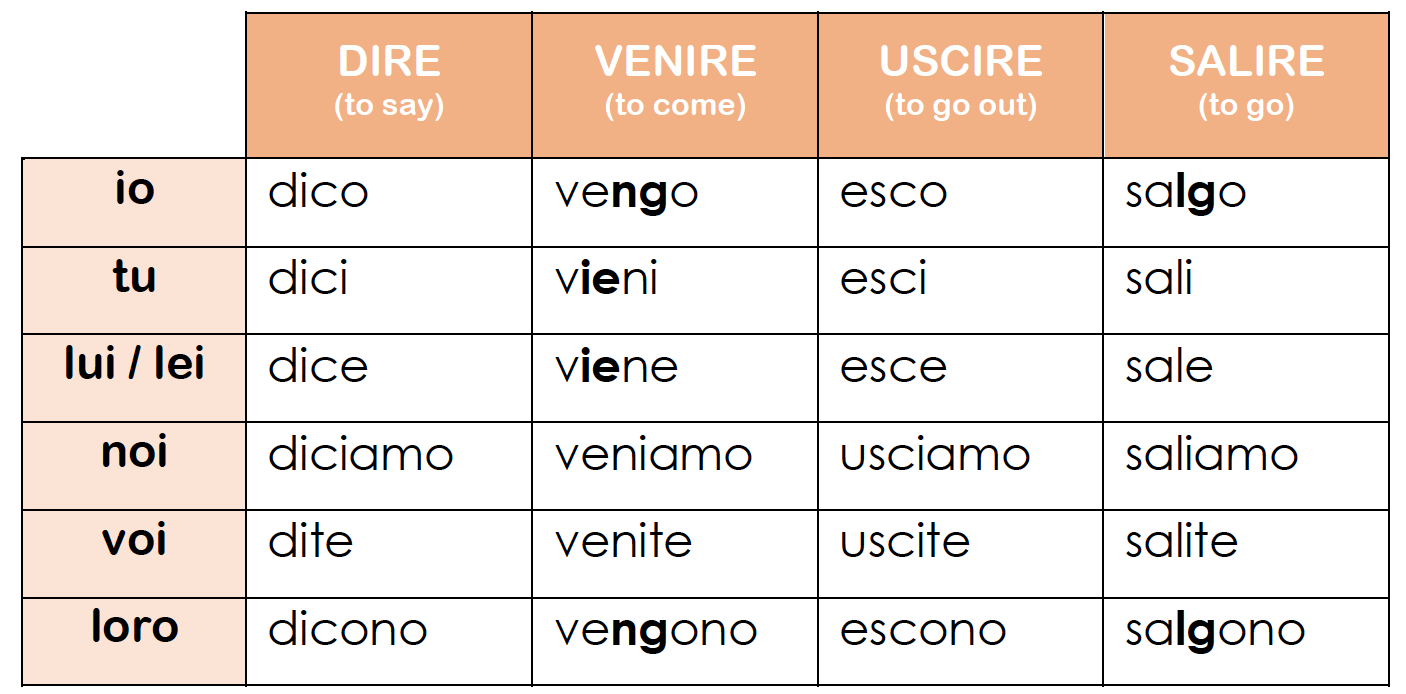More on Italian irregular verbs in present tense
A bunch of extra details for the grammar lovers
Have you just learnt about the present tense of regular verbs? If not, you can catch up here.
So, you should be aware that there are some irregular ones – fine - but you have discovered that some so-called regular verbs present some quirks, which are a bit confusing. Let’s discuss them together!
Irregular present indicatives: 1st conjugation
Some verbs in the 1st conjugation present potential difficulties with spelling. These are the regular verbs ending in -care, -gare, such as cercare, pagare. In those forms that end in -i (i.e. “tu cerchi” and “noi cerchiamo”), you should add a letter ‘h’ between the stem and the ending to keep the pronunciation with a hard ‘c’ and ‘g’:
In the verbs ending in -ciare and -giare, the -i before the letters -o and -a indicates the soft ‘c’ or ‘g’ and is not pronounced as a separate vowel. For this reason, there is no doubling of the -i in the second person singular and first-person plural forms:
And remember: the only verbs of the 1st conjugation with a truly irregular present indicative are:
andare (to go) - dare (to give) - fare (to do) - stare (to stay)
Irregular present indicatives: 2nd conjugation
Verbs ending in -cere, -gere, -scere have hard ‘c’, ‘g’, and ‘sc’ sounds before endings with the vowel ‘o’ but a soft ‘c’, ‘g’, and ‘sc’ sound before the vowels ‘e’ and ‘i’
Many verbs in the 2nd conjugation are irregular in the present indicative tense, as well as in other tenses. Although some verbs appear irregular, their forms are in fact regular but are based on an older form of the infinitive, for example:
tradurre (to translate) - bere (to drink)
Here are a few more irregular 2nd conjugation verbs.
The verb sapere is irregular both in its ending and in its stem changes:
The verb scegliere has a pattern in which the stem alternates between ‘lg’ and ‘gl’:
The following verbs have in common a pattern in which some persons are formed with ‘g’ and some without. The verb tenere changes not only its endings but the stem ‘ten/tien’:
Verbs following the pattern of tenere are: mantenere (to maintain); ottenere (to obtain); ritenere (retain); sostenere (to sustain); and other similar compounds.
Verbs following the pattern of porre are: imporre (to impose); proporre (to propose); supporre (to suppose); etc.
Irregular present indicatives: 3rd conjugation
The most important irregular verbs of the 3rd conjugation are the following:
The verb uscire has the stem change ‘esc-/usc-’. Riuscire ‘to succeed’ follows the same pattern (riesco/riusciamo). The verb venire has the stem change ‘ven-/vien-’.


